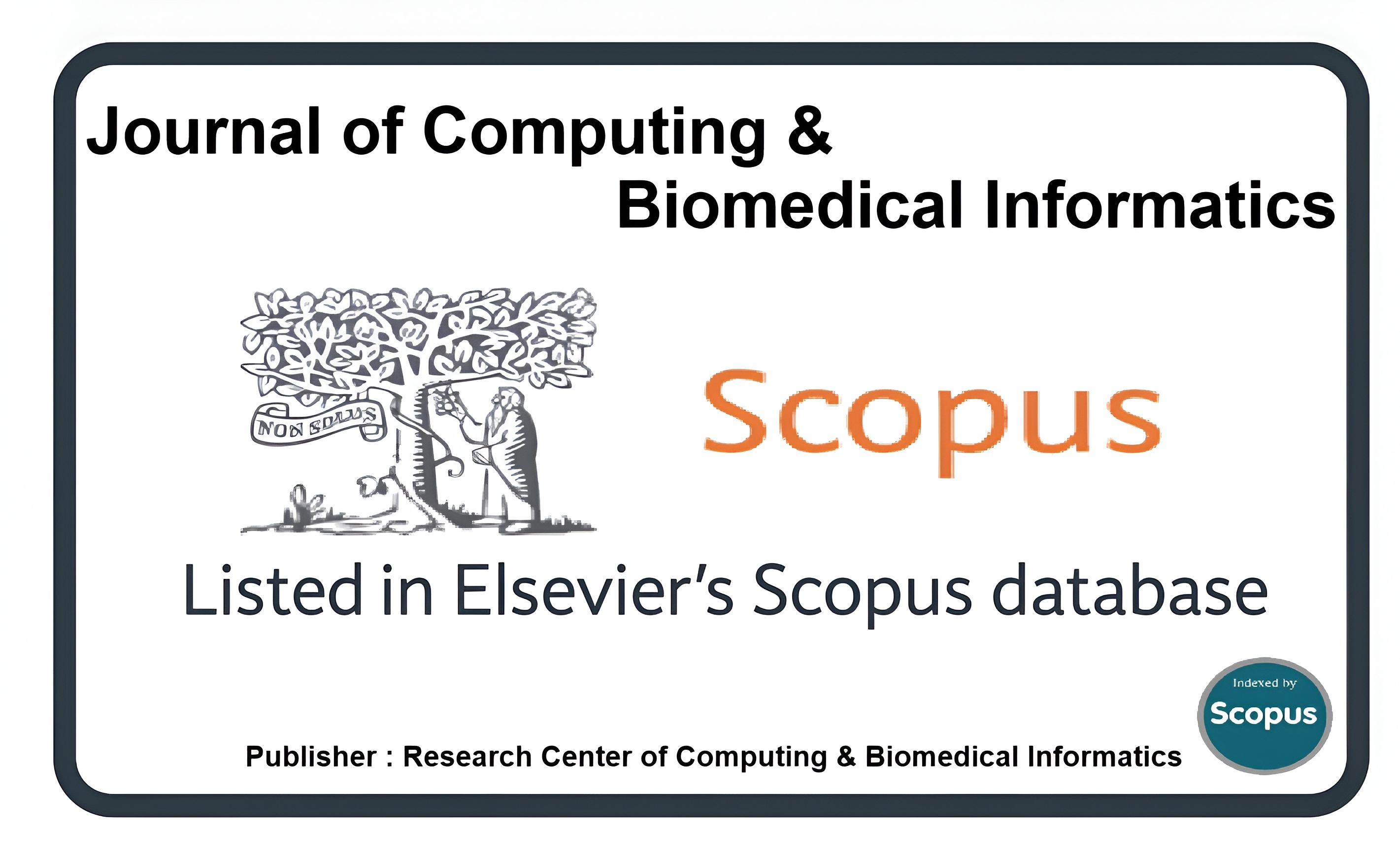Deep Learning Based Bird Species Identification and Classification Using Images
Keywords:
Bird species classification, Convolution Neural Network (CNN), Skip Connection, Deep learningAbstract
In the natural realm, humans often consider bird-watching to be a captivating hobby. Worldwide, there are more than 9000 species of birds. Certain bird species are becoming progressively scarce, and even when encountered, accurately determining their classification can be challenging. Accurately identifying a bird species demands a profound understanding of ornithology, a field of knowledge that often surpasses the breadth of human expertise. Maintaining ecological balance and the preservation of biodiversity both depend on the recognition of different species of birds. Additionally, birds are useful in many other endeavors such as agriculture, the creation of landscapes, the development of coral reefs, etc. One of the most important tasks in ecology is the recognition and monitoring of birds of different kinds to evaluate changes in bird communities over time, patterns of migration, and population dynamics in order. Because there are parallels between intraclass and interclass variations of bird species, it can be exceedingly challenging to identify the species of birds in many situations. Convolutional Neural Networks, also known as CNNs, have recently enabled some cutting-edge image categorization algorithms to reach astounding results. This work suggested a skip connection-oriented neural network architecture to enhance feature extraction. The model was trained and tested for 525 species of birds with a total 28,927 training images (approximately 55 images per species),2,625 testing images, and 2,625 validation images (5 images per species in both). The accuracy of the suggested CNN model with skip connections was 92% as opposed to a CNN's 90%. The outstanding results of this work show that deep learning algorithms are capable of identifying birds in a variety of habitats. The accuracy of the suggested CNN model with skip connections was greater at 91.0 % than that of the state of art CNN model. Reaching a 92% accuracy rate in identifying bird species has important real-world applications that have a big impact on ecological research and conservation initiatives The high accuracy enables researchers to conduct comprehensive habitat assessments, identifying key areas that require conservation attention or restoration efforts.
Downloads
Published
How to Cite
Issue
Section
License
This is an open Access Article published by Research Center of Computing & Biomedical Informatics (RCBI), Lahore, Pakistan under CCBY 4.0 International License





